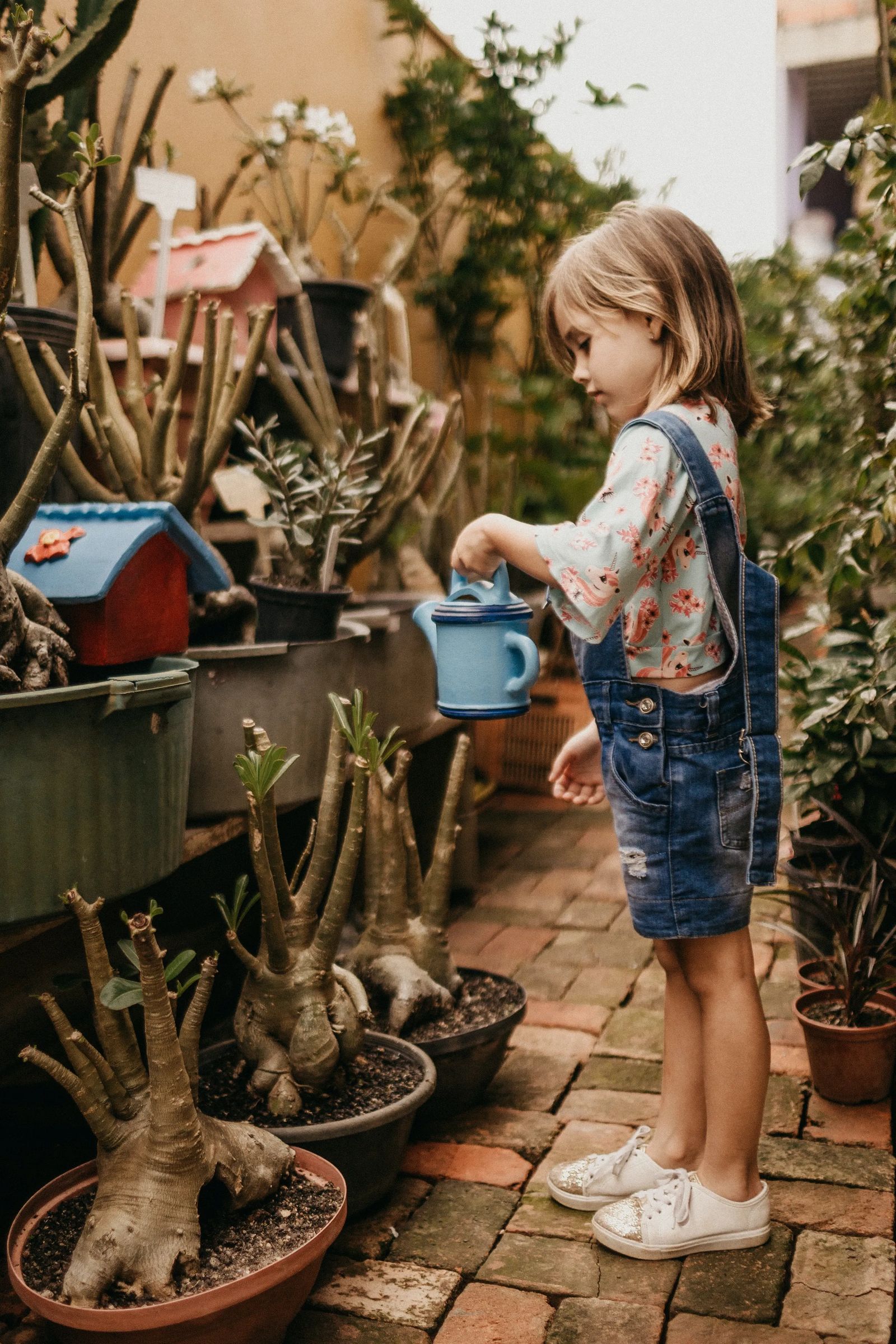
Photo by Jonathan Borba on Unsplash
5 Ways to Teach Kids About the Environment
May 5, 2022
by kevin gardner, guest contributor
The next generation has the power to put sustainable lifeways into practice. They'll only make it happen if this generation shows them why they should care and what they can do. Teachers of all subjects and in all places are in a great position to give them this knowledge. Here are five powerful methods for teaching children about the environment.
1. Teach Them the Facts
Environmental science can seem intimidating because it's so information-dense. In reality, it can be taught like any other subject, by starting with the basic facts and then expanding to broader topics. Teach them what it means to be part of an ecosystem by using local examples of ecology that they encounter every day. Tackle hard topics using simple math. When teaching about greenhouse gases, explain ideas like "parts per million" of carbon dioxide in the air. Use the internet to look for resources like a renewable energy lesson plan.
Remember to always be objective when teaching this subject. Topics like climate change can be divisive. That's why it's important for teachers to remain neutral and showcase the truth using solid science. The effects of habitat loss and global warming speak well enough for themselves.
2. Make Learning Immersive
In other words, take the kids outdoors. The first step in getting young people to care about the world around them is to let them experience and enjoy it. Take them on field trips to science centers. Form a science club with a dedicated instructor who can take the children on nature excursions. Visual learning is typically more effective than auditory learning, so turning these lessons into a beautiful and fun memory is the best way to send the message home.
Always keep the encounters age-appropriate. Nature can be as hazardous as it is beautiful. It's quite possible to bring many of these experiences into the classroom. Constructing terrariums with students is a truly hands-on way of teaching what a functioning ecosystem looks like and how important maintaining the balance of a biosphere is.
3. Teach Children to Value Resources
One vice that almost every child has is the reflex to engage in waste. Sadly, too many of them carry that habit well into adulthood. Start small by showing them how broken items can be turned into entirely new things. This is called upcycling, and it not only conserves resources, but it also teaches people to value the things they own on a deeper level. Another good idea is to start a school recycling program and teach them how (and why) old things can become new again.
Just as important is the idea of teaching them to conserve the resources they already have. This can also be done in simple and straightforward ways. Teach them to turn off the light switch when they leave a room or shut off the water while brushing their teeth. Let them know afterward how much money they just saved and how much pollution they prevented from going into the atmosphere. There's no greater reward than the feeling of success.
4. Be an Example
By far the most important component of educating young people about the environment is living out the ideal. Kids learn by imitating authority figures, and this starts at a very young age. One recent study showed that toddlers were able to repeat the actions of a person on television after only 20 seconds of observation.
Whether you're a teacher or a parent, make sure that environmental responsibility is something that's part of your own daily routine. Drinking water from the faucet instead of buying bottled water, purchasing organic and local foods, and picking up litter are all small, selfless acts that can make a big impression on the smallest people.
In the fight for a better world, everyone has to do their part. Nobody will want to take that responsibility unless they learn why they should. Teach the next generation to be smarter, wiser, and more responsible than the last.
Guest Writer
Kevin Gardner graduated with a BS in Computer Science and an MBA from UCLA. He works as a business consultant for InnovateBTS. As busy as he is with his career, Kevin has made his family a priority and has found creative ways to give them the time they deserve. Whenever possible, he writes about his experiences and shares them to help others.
Guest writers are an important part of Simply Local Magazine. Do you want to write for us? Click here!





